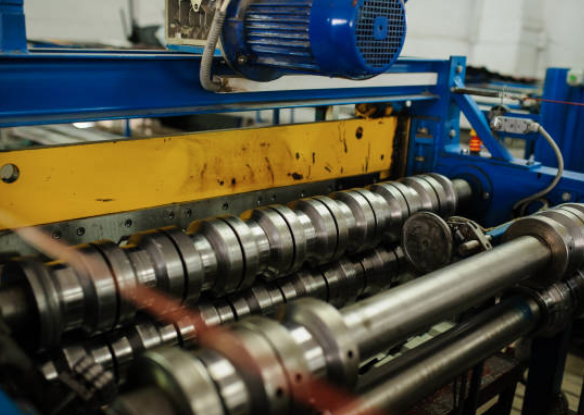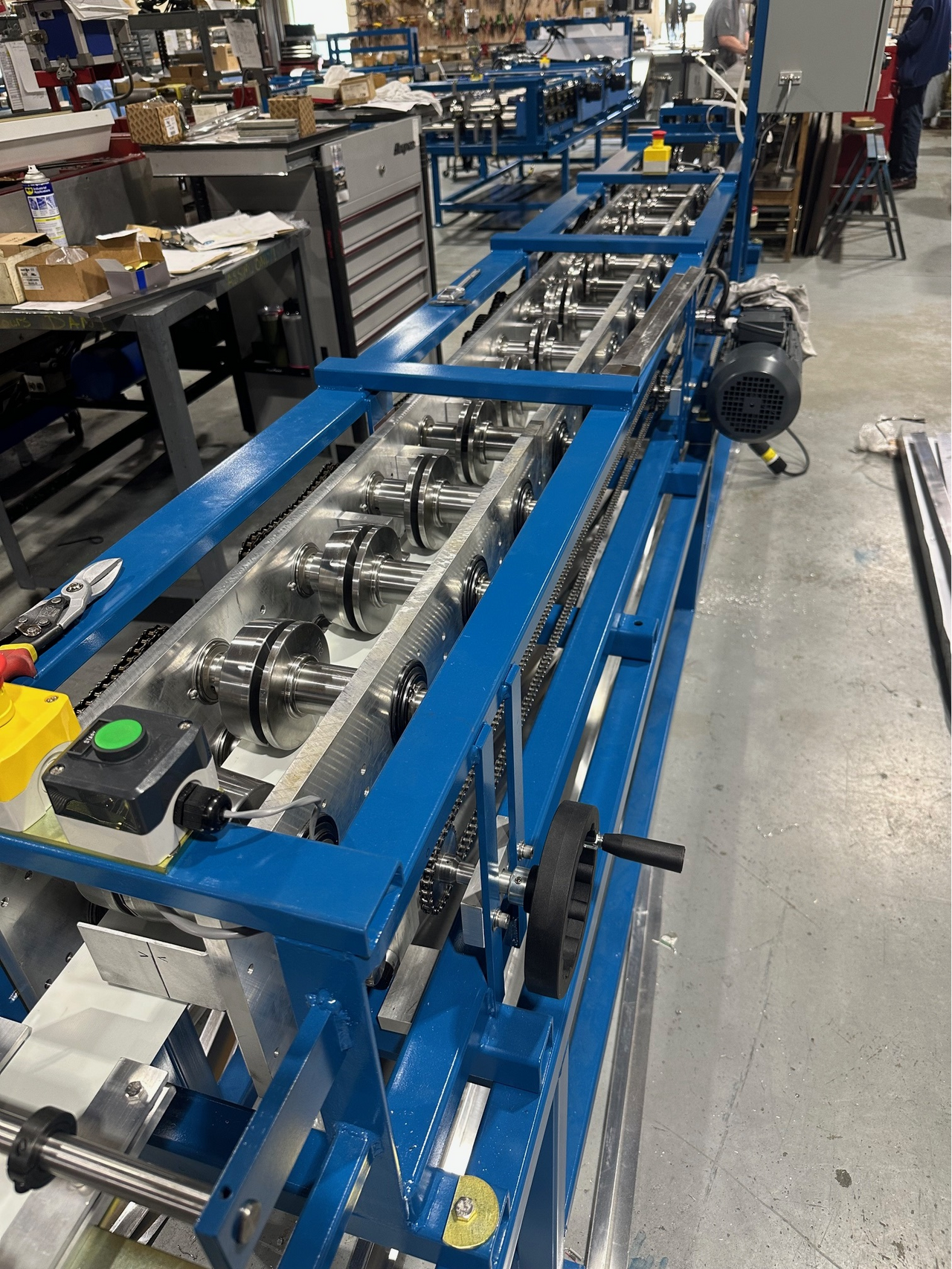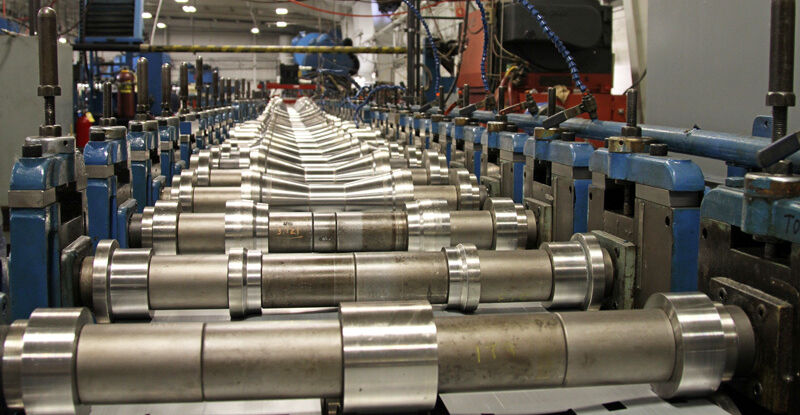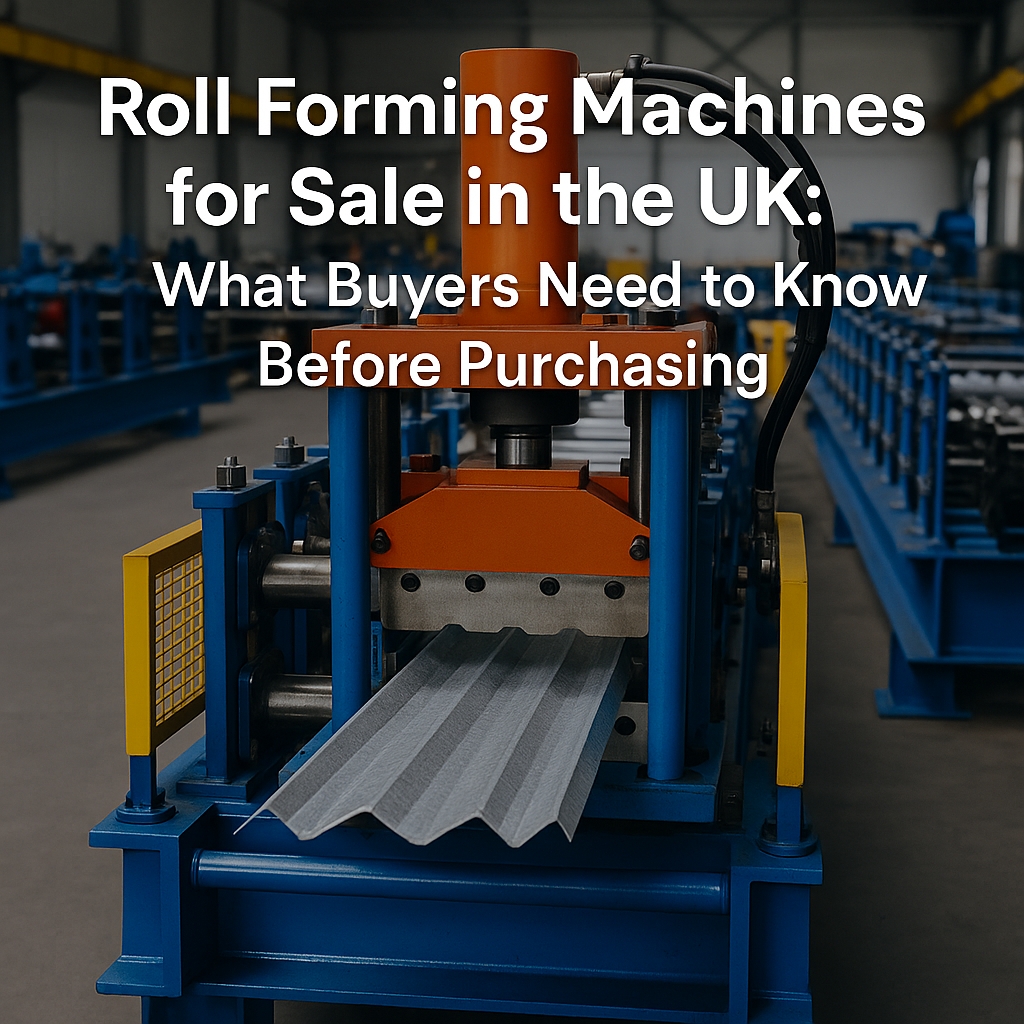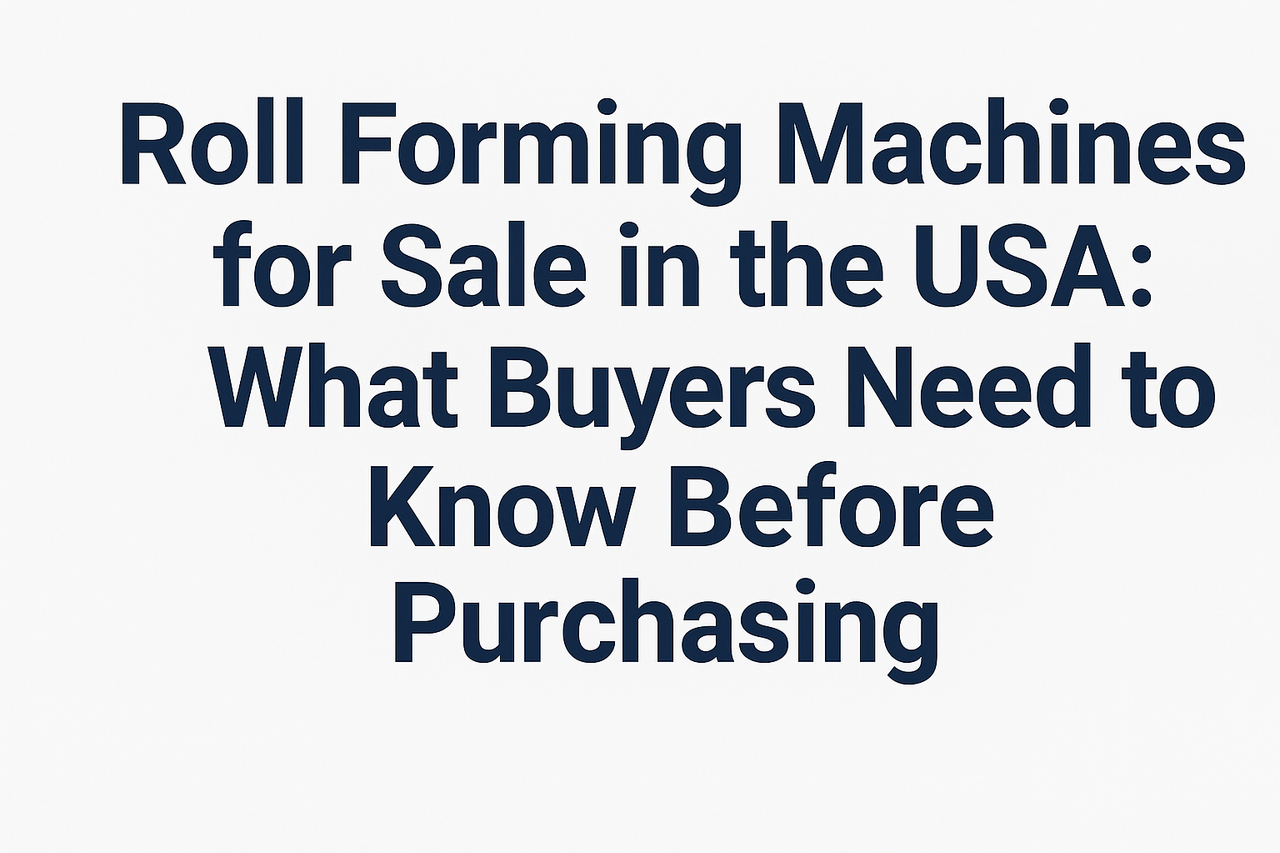This process ensures precision and efficiency when switching between various product designs. Depending on the machine, tool repositioning can be manual or automatic. Here are some common aspects related to tool repositioning:
1. Manual Repositioning
- In older or simpler roll forming machines, tools are repositioned manually by operators.
- This often involves adjusting roller dies, guides, and cutting mechanisms.
- The process can be time-consuming but provides flexibility for custom designs.
2. Automatic Tool Repositioning
- In more advanced machines, automatic tool repositioning allows for quick adjustments with minimal downtime.
- Often controlled via a CNC (Computer Numerical Control) system, the machine can automatically reposition the tooling between production runs.
- This feature is beneficial for high-mix, low-volume manufacturing where frequent changes are needed.
3. Servo-Driven Tool Repositioning
- Some roll forming machines use servo motors for tool repositioning.
- These motors allow precise adjustments of tooling positions, ensuring high accuracy for different profiles.
- Servo-driven repositioning is typically used in machines with high precision requirements, such as those for complex architectural panels or specialized metal parts.
4. Quick-Change Tooling
- Some machines are designed with quick-change tooling systems, allowing operators to swap out entire sets of tools quickly.
- This reduces downtime and increases efficiency, especially when producing multiple products with different specifications.
5. Hydraulic or Pneumatic Tool Repositioning
- In some systems, hydraulic or pneumatic systems are used to reposition tools automatically.
- These systems provide fast and consistent repositioning and are particularly useful for heavy or large tools.
Let's look at tool repositioning for both Drip Edge Roll Forming Machines and C&Z Purlin Roll Forming Machines.
Drip Edge Roll Forming Machine Tool Repositioning:
- Manual Repositioning:
- Roller Adjustment: Since drip edge profiles can vary slightly (e.g., different lip sizes or bends), operators often need to manually adjust the roller dies to fit the specific profile. This process involves loosening bolts, repositioning the rollers, and then re-tightening the settings to ensure precision.
- Cutting Tool Adjustment: In some machines, cutting tools (shears or blades) also need to be adjusted to match the length and shape of the drip edge being produced. This may involve adjusting the position or replacing cutting dies.
- Automatic Repositioning (for advanced machines):
- Servo Motor Driven: In more sophisticated drip edge roll forming machines, servo motors automatically adjust the rollers to the correct position based on the selected profile. This minimizes manual intervention and reduces downtime between profile changes.
- Hydraulic or Pneumatic Systems: These systems can also be used to automatically adjust tool positions, especially in machines producing larger or heavier drip edges. Pneumatic or hydraulic controls quickly reposition the cutting tools and roller dies with precision.
- Quick-Change Tooling:
- Some machines have a quick-change system, allowing you to swap out the entire roller set when switching between different types of drip edges. This is highly beneficial when producing various drip edge profiles in small production runs.
C&Z Purlin Roll Forming Machine Tool Repositioning:
- Manual Repositioning:
- Roller Reconfiguration for C & Z Profiles: C&Z Purlin machines often allow for switching between C and Z profiles with manual adjustments. Typically, this involves adjusting the roller dies, which form the purlin shape. The operator might have to reconfigure the tool setup by swapping roller positions or flipping some of the dies.
- Profile Size Adjustment: Adjustments may also be necessary for the width, height, and thickness of the purlin. This can involve altering the roller gaps and ensuring the correct positioning for the profile dimensions.
- Automatic Repositioning:
- C to Z Profile Switching: Advanced C&Z Purlin machines come equipped with automatic tool repositioning that can switch between C and Z profiles quickly. This is often done through hydraulic or servo-driven systems that can reorient the roller dies with minimal manual input.
- Size Change: Automatic size adjustment allows the machine to switch between different widths and flange heights of C and Z purlins. The system recalibrates the roller distance and forms the correct size based on input settings.
- Quick-Change Tooling:
- Many high-efficiency C&Z Purlin machines offer quick-change systems for roller dies. This allows operators to swap tools quickly when changing between C and Z profiles or when different purlin sizes are required.
- These systems significantly reduce downtime, especially in operations where multiple sizes and profiles need to be produced in the same shift.
Conclusion:
- Drip Edge Roll Forming Machines may involve more frequent manual adjustments for smaller custom profiles but can benefit from servo-driven and pneumatic repositioning for faster changes.
- C&Z Purlin Machines often include automatic systems to switch between C and Z profiles, and quick-change tooling is common to accommodate size adjustments.
